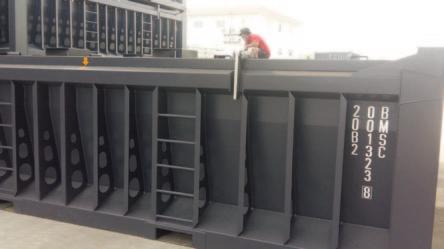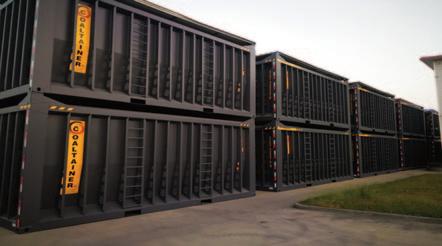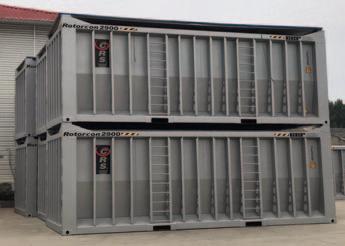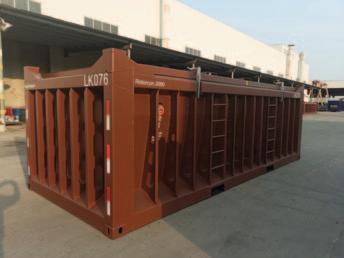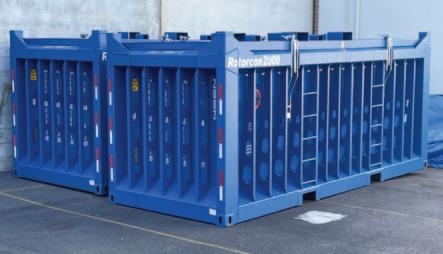
2 minute read
Dry bulk trade looking brighter
Commodity import demand trends around the world are looking more positive than envisaged earlier. This perception is reflected in expectations of significant growth in global seaborne dry bulk trade during 2023, reversing last year’s reduction.
The pace of economic activity in a number of dry bulk importing countries has not proved especially beneficial for trade movements, however. In China import demand has strengthened, despite the economy’s faltering recovery after pandemic control restrictions were lifted at the end of last year. Meanwhile, restraining inflationary pressures is still a challenge for central banks elsewhere, and rising interest rates in Europe and the USA are set to achieve this aim by restricting economic activity.
GRAIN & SOYA
Tentative predictions for grain trade in the new 2023/24 marketing year ending third quarter 2024 reveal a mixed pattern. Following an estimated downturn during the current year, US Department of Agriculture calculations published a few weeks ago suggest that global trade in wheat plus corn and other coarse grains could increase by 2–3%, amid varying performances in individual importing areas.
Forecasts for the principal importing regions are shown in table 1, combining a July/June wheat year with an October/September coarse grains year. European Union imports are expected to be about 16% lower, accompanying improved domestic grain supplies. Middle East volumes could be about 7% lower. In other regions increases are foreseen, including an 8mt (million tonnes) or 9% rise in East Asia to 97mt, partly due to an envisaged upturn in China’s corn purchases.
Coal
Evaluations of world seaborne coal trade have become more positive in recent months, although this re-appraisal has largely reflected the much stronger buying trend in China. Forecasts of world trade in 2023 have been lifted to show a sizeable expansion. But there are doubts about potential for this trend to persist through next year given underlying negative influences on coal consumption in many countries.
During the first seven months of 2023, China’s coal imports (including some overland movements) rose by 121mt (86%), compared with last year’s same period, reaching 262mt. This remarkable growth was exaggerated by the comparison including an especially low volume in the first quarter of last year, but emphasized again the continuing dependence of China on foreign supplies. Nevertheless there are reasons for doubting whether a continued strengthening through next year is likely.
Iron Ore
Signs of rising iron ore imports among most of the main buyers are limited. This pattern reflects weaker steel production
TABLE 1: MAJOR GRAIN IMPORTING AREAS (MILLION TONNES)
volumes amid restraints on demand in many steel consuming industries. China is an exception, with iron ore imports increasing by 7% to reach 669mt in the January–July 2023 period.
According to World Steel Association figures for crude steel production, China’s steel output was 3% higher at 626.5mt in the first seven months of this year. That result contrasted with decreases in other countries. South Korea saw a 2% decrease to 39.4mt, while in Japan a 4% decline to 51.2mt was recorded. In the European Union there was far larger 10% reduction to 76.7mt.
Minor Bulks
Prospects for growth among the many and varied elements of the minor dry bulk commodities segment currently seem modest. The largest part of trade (including steel products, forest products and ores/minerals) relates to manufacturing activity and construction work, restrained by quite subdued economic activity.
Bulk Carrier Fleet
A fairly brisk pace of newbuilding deliveries, accompanied by continued low scrapping, is likely to result in the world bulk carrier fleet growing in 2023 at a similar rate to the 2.9% seen last year. As shown in table 2, deliveries could be higher, while sales for recycling remain minimal albeit slightly larger, resulting in an end-year fleet totalling around 1,000 million deadweight tonnes.

